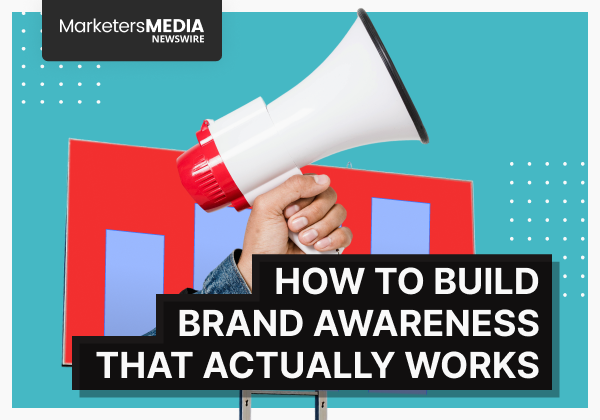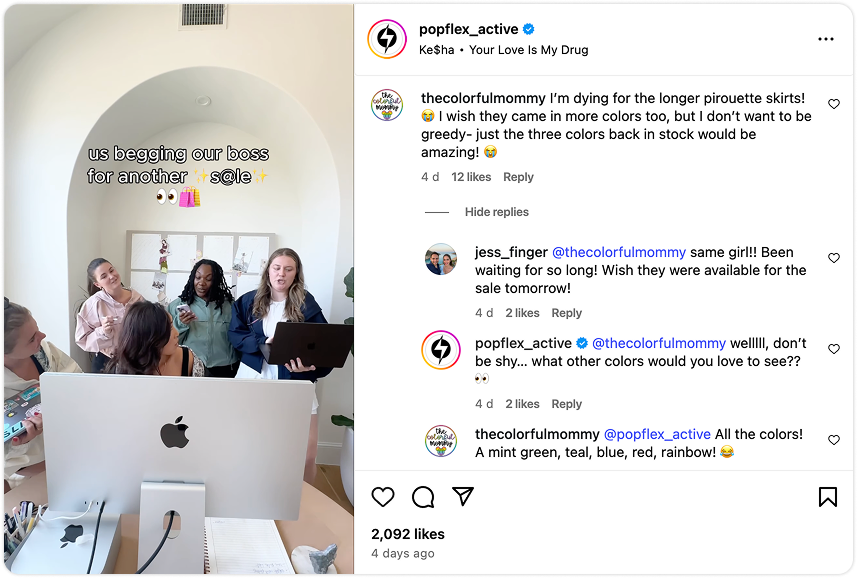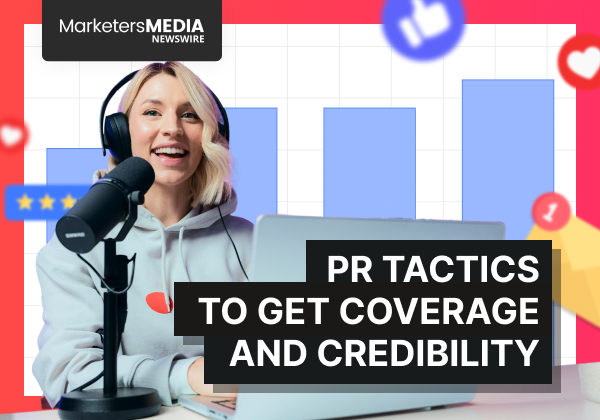You're running a solid business. Your product works. Your service delivers.
But when potential customers search for solutions, they're choosing competitors they recognize over you—even when your offering is better.
This is the recognition gap, and it's costing you customers every day.
Brand awareness solves this problem. It's the difference between being an option and being THE option when someone has a need you can fulfill.
This guide breaks down what brand awareness actually means, why it directly impacts your revenue, and the practical steps to build it systematically.
What Is Brand Awareness
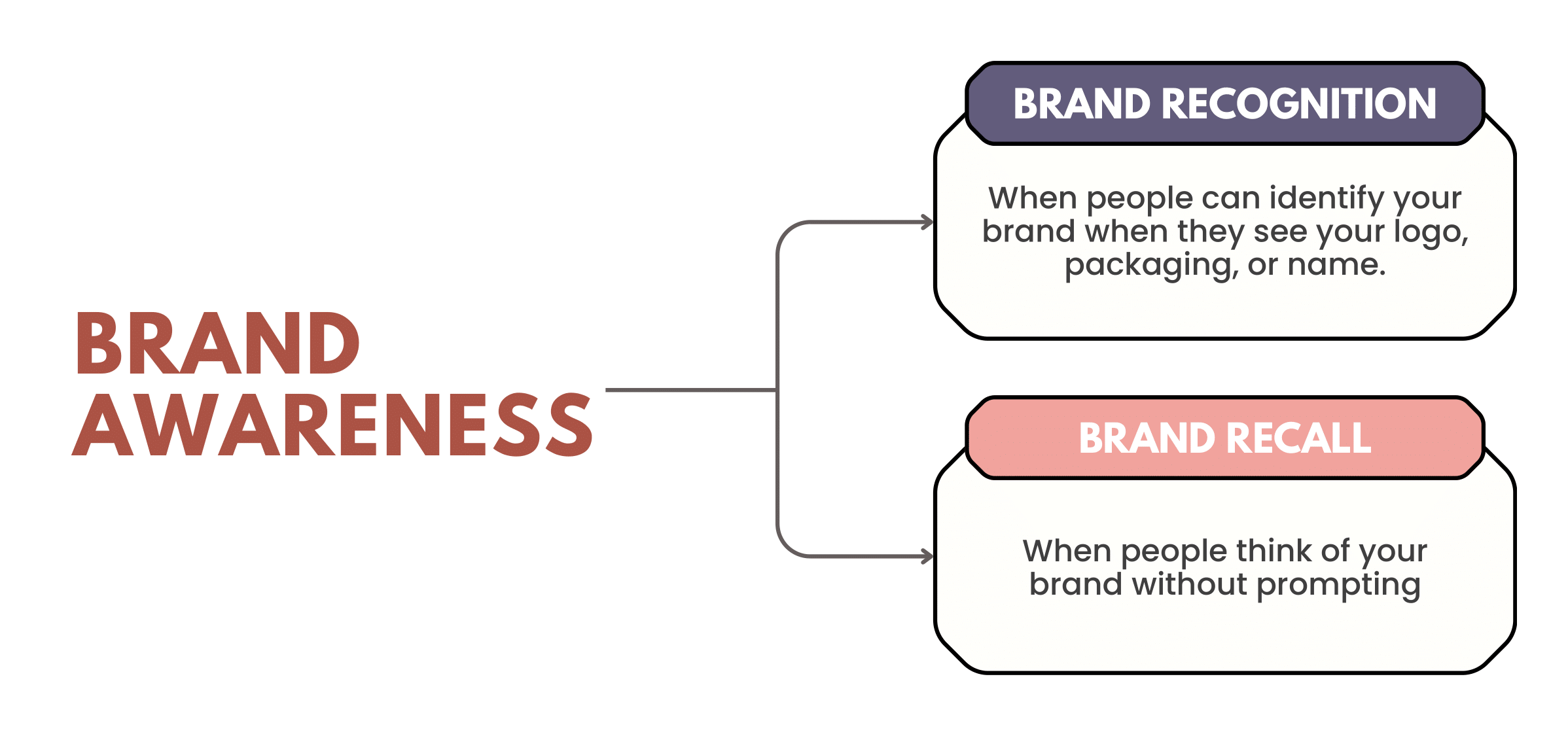
Brand awareness describes how familiar your target market is with your brand—your name, logo, and what you stand for.
Think of it in two parts:
(1) Brand Recognition is when people can identify your brand when they see your logo, packaging, or name. They know you exist.
(2) Brand Recall is when people think of your brand without prompting. Someone mentions "running shoes" and they immediately think of Nike. Someone needs a tissue and asks for a "Kleenex."
The goal is both. You want people to recognize you and remember you when they have a need.
When Coca-Cola became so well-known that people started calling any soft drink a "coke," that's brand awareness at its peak. When you "Google" something even if you're using a different search engine, that's the power of top-of-mind awareness.
Why Brand Awareness Matters
Strong brand awareness isn't just about being famous. It creates three tangible business advantages:
It builds trust that drives purchases
People choose familiar brands. Research shows 82% of customers prefer well-known brands over unknown ones. This familiarity creates trust, and trust converts into sales. When customers trust your brand, 46% will pay more for your products.
It protects you from competition
Imagine searching for a smartphone. You'd probably choose Apple or Samsung over a brand you've never heard of—even if the unknown brand has better specs.
This preference for the familiar creates an "economic moat" that protects your market share and makes it harder for competitors to steal your customers.
It makes every other marketing effort work better
When people already know your name, your ads perform better. Your content gets more engagement. Your website gets more organic traffic because people search for you by name. You spend less convincing people you're legitimate and more time showing them value.
Start With a Clear Brand Identity
Before you can build awareness, you need something worth remembering. That begins with a clear and consistent brand identity.
Visual consistency matters more than you think. Your logo, brand colors, and fonts create instant recognition. Color alone boosts brand recognition by 80%.
Google uses the same color palette across Gmail, Maps, and Meet—you know it's a Google product before reading the name. This visual consistency isn't optional; it's how customers file you away in their mental index.
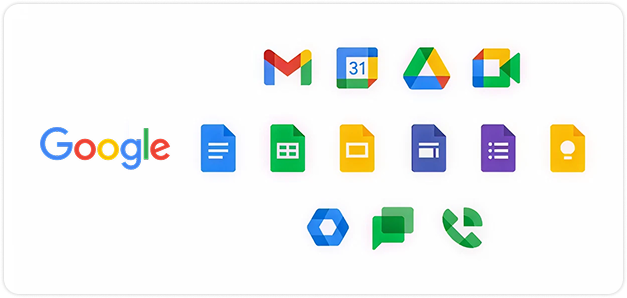
Your voice needs to be distinctive. Are you professional and authoritative, or casual and humorous? Old Spice uses an exaggerated masculine tone that makes their ads unmistakable. Your tone should be consistent across every customer touchpoint—website copy, social posts, customer service emails.
Your values create emotional connections. Coca-Cola's ads rarely focus on taste. They promote joy and togetherness. Patagonia positions itself around environmental responsibility. When you stand for something beyond your product, customers connect with you on a deeper level.
The common thread? Consistency. Your brain recognizes patterns. When your visual identity, voice, and values stay consistent across every channel—website, social media, business cards, customer interactions—you create a predictable pattern that's easy to remember and recall.
Effective Ways to Build Brand Awareness
Building awareness requires multiple approaches working together. Here are the strategies that deliver measurable results:
Content Marketing and SEO
Write for the questions your audience is already typing into Google — not just the topics you feel like covering. That starts with understanding real search intent and producing content that earns its place on Google, not just hopes to appear there.
Publish consistently. Google rewards steady, valuable output, and each quality post you add compounds your authority and visibility.
Social Media Presence
Focus on platforms where your audience actually spends time. Don’t spread yourself thin trying to maintain a presence everywhere.
Engage actively with your followers—respond to comments, answer questions, and share user-generated content. Popflex does this the best by resharing customer photos, responding to posts, and even joining comment threads directly.
This level of interaction builds community and turns casual followers into loyal advocates.
Create branded hashtags for campaigns. They make it easier to track engagement and encourage user participation, which doubles as powerful social proof.
Strategic Partnerships
Partner with influencers and brands that share your target audience but don’t compete with you. The key is topical alignment, where their content naturally resonates with what your audience already cares about.
GoPro and Red Bull are a perfect example. Both target adventure-driven audiences, and their collaboration on events and content, from extreme sports videos to the Red Bull Stratos jump, amplified visibility for both brands.
When done right, partnerships like this give you instant access to established communities that already trust the partner.
PR and Thought Leadership
Position your experts as industry authorities. Write opinion pieces on LinkedIn. Speak at relevant conferences. Appear on industry podcasts.
Press releases also play a key role in building awareness. They help you share credible updates—from product launches to milestones—across trusted media outlets. When picked up by journalists or syndicated through press release distribution services, they extend your visibility far beyond your own channels and strengthen your reputation through earned media exposure.
This approach builds authority that lasts. You are not just promoting a product but contributing valuable insight to your field.
Employee Advocacy
Enable employees to share company content within their personal networks. They're your most authentic channel. Their endorsements carry more weight than corporate messaging because they come from real people, not a brand account.
According to LinkedIn, companies with strong branding receive 50% more job applications than their competitors. That’s because 75% of job seekers research a company’s brand before applying.]
When your brand is well-known and respected, attracting top talent becomes much easier. Strong employee advocacy not only boosts awareness but also reinforces credibility from the inside out.
How to Measure Brand Awareness
Once your awareness strategies are in motion, you need a way to track whether they are working. Measuring awareness helps you understand what is growing, what is plateauing, and where to focus next.
Start by setting a baseline. Without knowing where you began, it is impossible to measure progress. Then monitor these key metrics:
- Website traffic patterns. Pay attention to direct visits and branded search volume. More people typing your URL or searching your brand name means your recognition is growing.
- Social media metrics. Track reach, impressions, mentions, and your share of voice compared to competitors. These metrics show how visible your brand is in ongoing conversations..
- Surveys and feedback. Conduct periodic surveys asking if people can name your brand without prompting (unaided recall) and if they recognize it when shown your logo (aided recall). This reveals how memorable you truly are.
- Earned media value. Evaluate how often your brand appears in media outlets, reviews, or organic mentions. You can assign a monetary value to this visibility to show its contribution to ROI.
Collecting this data over time helps you understand which activities actually build awareness and which need refinement.
If one method is driving more traffic or engagement, double down on it. If something isn’t working, shift gears. Staying flexible is part of the process. For example:
- If website traffic from organic search is increasing: Focus on creating more high-quality content that is optimized for SEO.
- If social media engagement is low: Experiment with different content formats, posting times, and engagement tactics.
- If brand mentions are negative: Address the issues that are causing the negative sentiment and work to improve your brand reputation.
Common Mistakes That Hurt Brand Awareness
Even strong strategies can fail when small inconsistencies add up. Avoid these common mistakes that weaken awareness and credibility.
#1 Inconsistent presentation across channels
Using different logos, colors, or voices confuses people. Consistency can increase revenue by 33% because it makes you easier to remember.
#2 Ignoring your target audience
Creating content for everyone means resonating with no one. Know exactly who you're trying to reach and tailor everything to them.
#3 Chasing vanity metrics
High follower counts mean nothing if those followers don't convert. Focus on metrics that connect to business outcomes.
#4 Expecting immediate results
Brand awareness compounds over time. One campaign will not transform recognition overnight. The goal is steady, long-term visibility that builds with consistent exposure.
Wrapping It Up
Building brand awareness takes time and consistent effort. It’s about finding ways to connect with your audience and ensuring your brand is top of mind when they’re ready to make a decision.
Start with your foundation. Keep your voice, visuals, and values aligned. Publish and promote regularly. Track your growth, refine your approach, and stay patient.
When people recognize and remember your brand, every other marketing effort becomes easier. You move from being an option to being the option customers choose.
If you want professional guidance on where to begin or how to refine your strategy, schedule a free consultation with MarketersMEDIA to discuss your brand-building solutions, we're here to help.
Frequently Asked Questions (FAQ)
Q: What is the difference between branded and non-branded keywords?
A: Branded keywords include your company name or specific product identifiers (e.g., "Nike running shoes"). Non-branded keywords are general search terms that exclude any company or product name and are crucial for attracting completely new audiences who don't know your brand yet.
Q: What is Informational Search Intent, and why is it important for brand awareness?
A: Informational Search Intent is when users are seeking to learn, understand, or obtain instructions (e.g., using "How to" or "What is"). This intent aligns with the awareness stage because users are focused on diagnosing a problem rather than making a purchase.
Q: What is a 'long-tail keyword,' and how does it help a new brand rank?
A: A long-tail keyword is a highly specific search query, typically three words or more, that has lower individual search volume but much lower competition. Targeting these low-competition, highly specific terms is a strategic way for newer brands to rank and drive relevant traffic.
Q: What is a Topical Cluster, and how does it help build authority?
A: A Topical Cluster is a structure where a comprehensive, high-level Pillar Content page (the main topic) is internally linked to and supported by many detailed Cluster Content articles (answering specific long-tail questions). This structure demonstrates comprehensive expertise to search engines, which builds topical authority.
Q: What is the 'People Also Ask' (PAA) box on Google, and why should I use it for content ideas?
A: The People Also Ask (PAA) box in Google search results surfaces questions that users frequently ask related to a search. These questions provide verified, low-saturation insights into what tangential topics users need for a comprehensive understanding.
Free Press Release Template
Tell us where to send your PDF:
